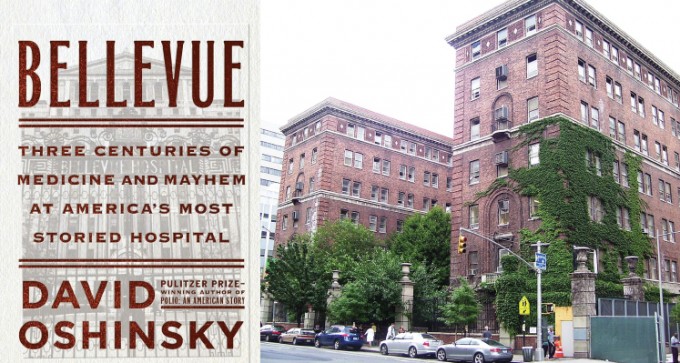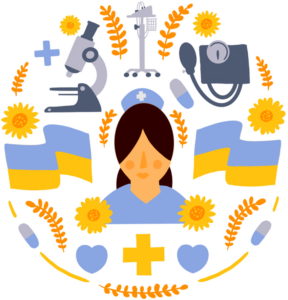Nursing Book Club
Bellevue: Three Centuries of Medicine and Mayhem at America’s Most Storied Hospital by David Oshinsky
A colorful (and gruesome) history of big city medicine

To understand the beginnings of charity hospitals is to understand the relationship of society to its poor and sick. In his 2016 book Bellevue, David Oshinsky, Ph.D., director of the Division of Medical Humanities at NYU School of Medicine, describes the origins of one of the oldest and most historically important public hospitals in the U.S.
Almshouses had always existed to care for the indigent, those with no where else to go or no one else to care for them. New York City’s first almshouse was built in 1736 and originally served only 19 people at a time, with a small six-bed infirmary.
By 1795, the city’s population had mushroomed, contagious diseases abounded in the crowded urban conditions and that growing almshouse housed now almost 800 people.
Beautiful View
In 1811, the city purchased land near the East River for a larger facility, known as Belle Vue (“beautiful view“) for its garden-like surroundings. The new facility, now called spelled “Bellevue,” opened in 1816. Although Bellevue was not the first American hospital — that honor belongs to Pennsylvania Hospital in Philadelphia, which began to see patients in 1752 — it is certainly one of the best-known.
Bellevue is famous for the patients it has treated — including Norman Mailer, Sylvia Plath, Charlie Parker, Charlie Mingus, William Burroughs and Mark Chapman — and as a location for books and films. Bellevue was the setting for the 1945 Academy Award winner The Lost Weekend and a brief sequence in 1947’s Miracle on 34th Street. The Bellevue morgue (New York’s first city morgue) also played a role in Francis Ford Coppola’s The Godfather in 1972.














